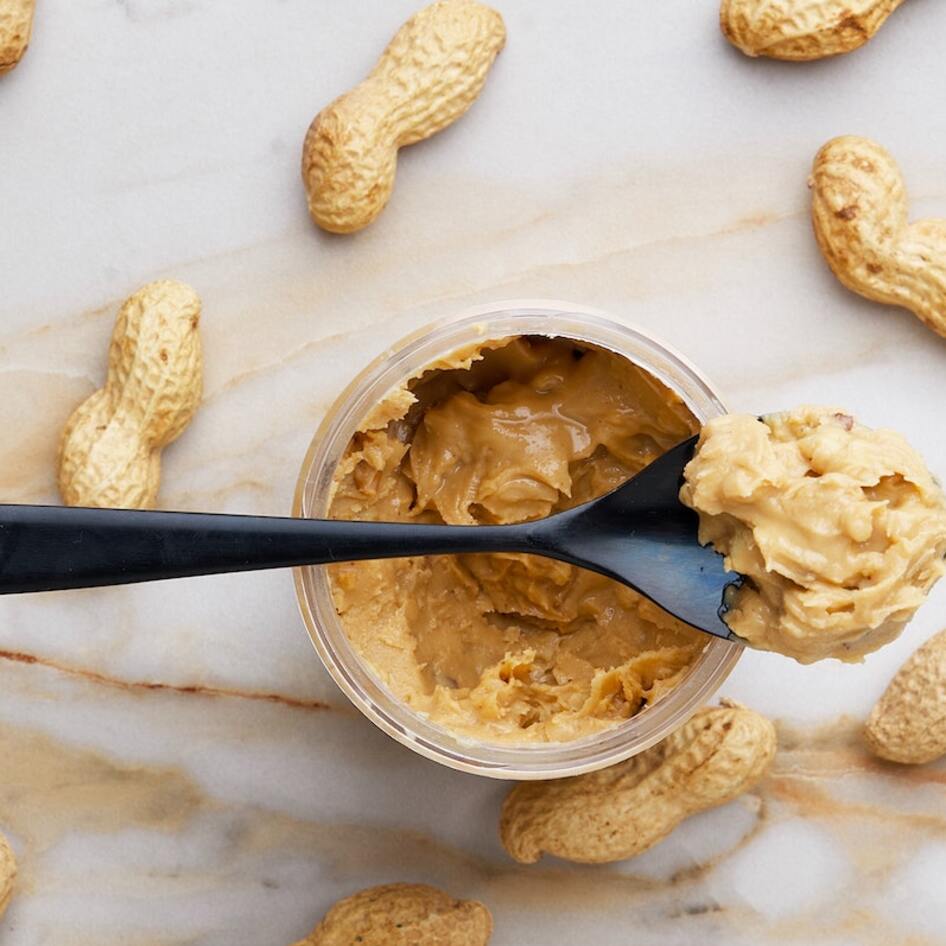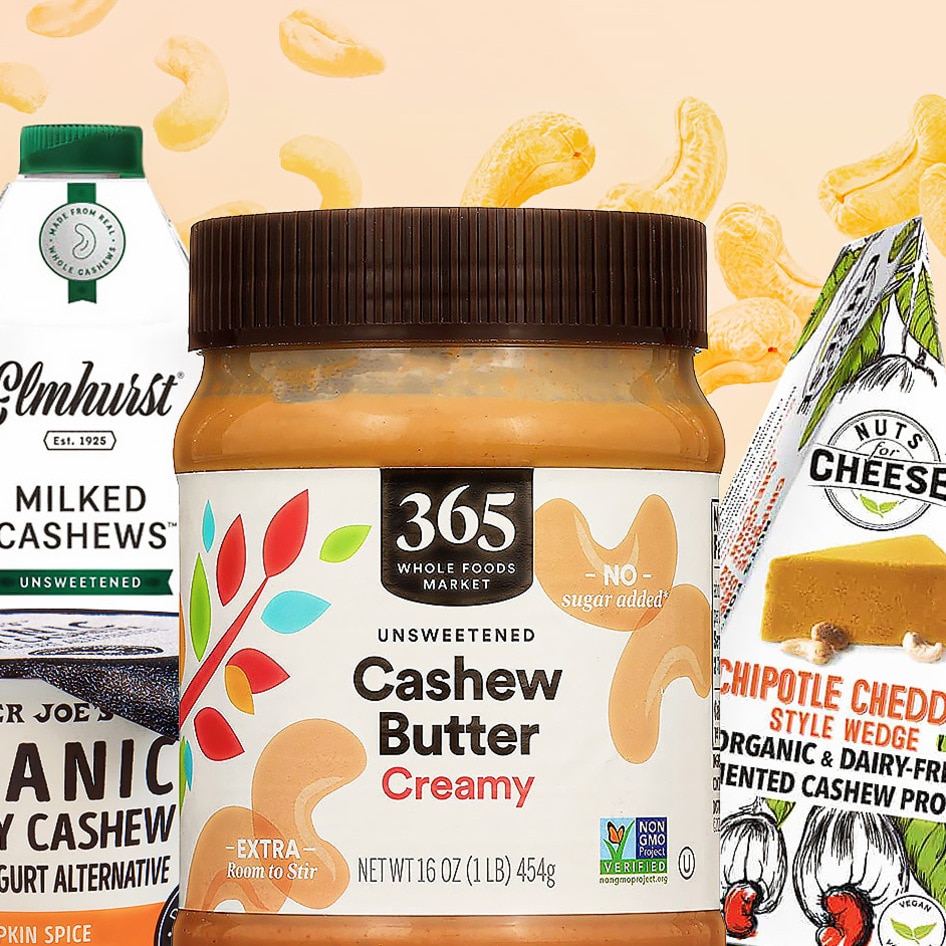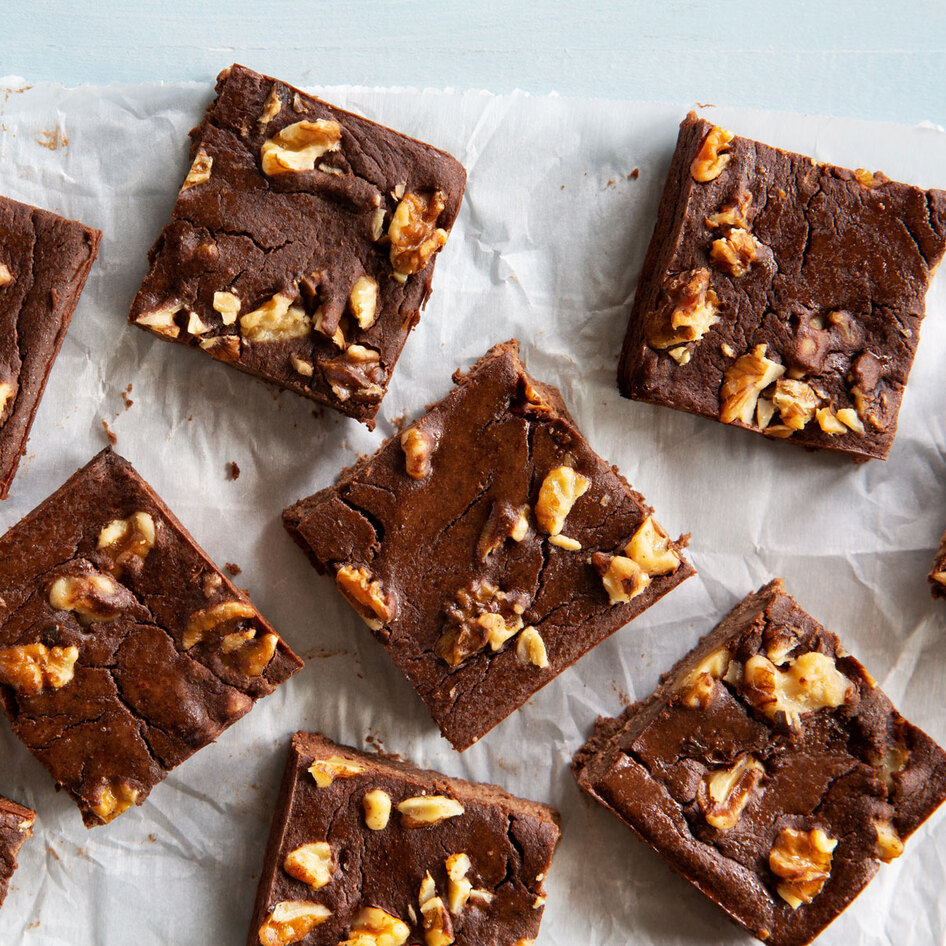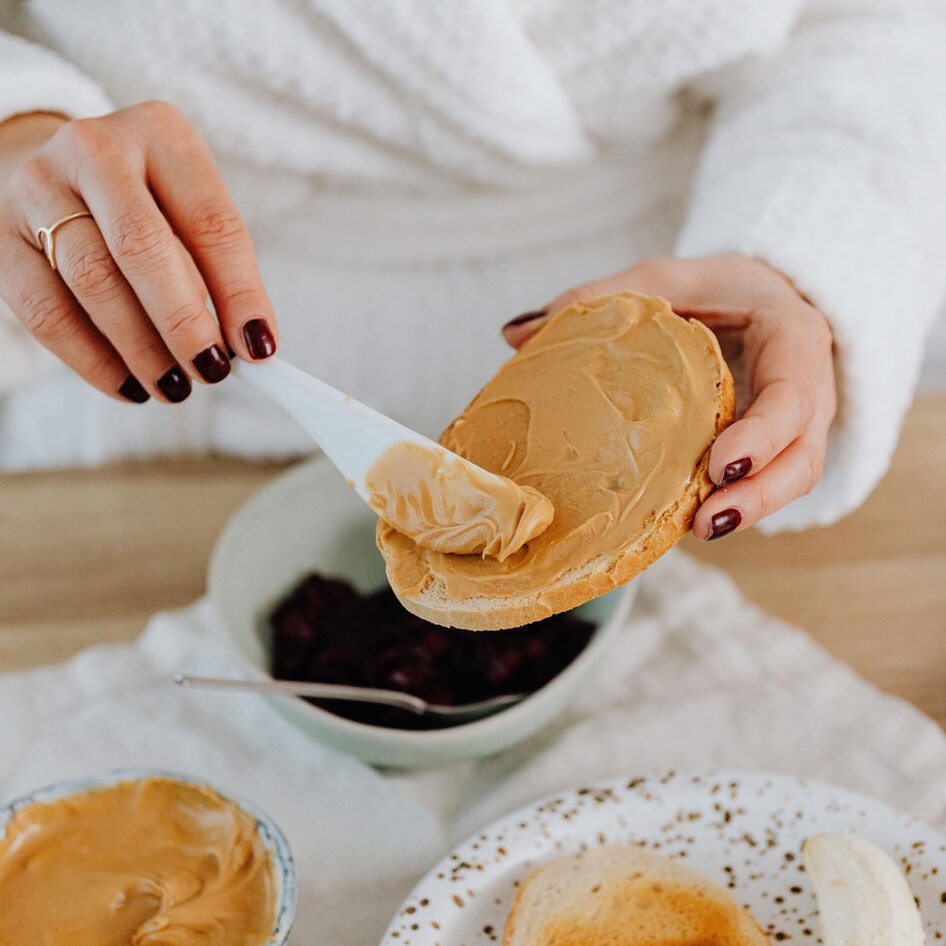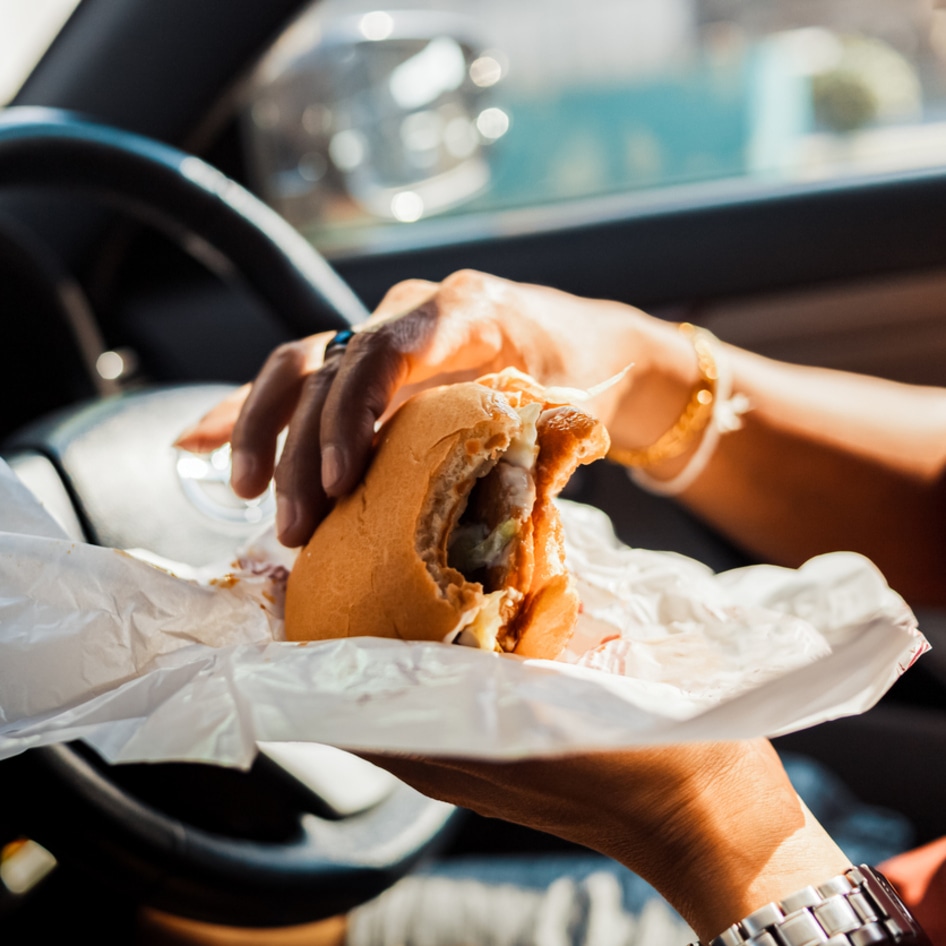13 Things You Didn’t Know About Nuts That Every Self-Respecting Vegan Should
Cashews can kill, macadamias are nearly indestructible, and it may be time for peanut butter and kimchi sandwiches?
October 18, 2017
National Nut Day is Saturday, which means we’re hitting the bulk foods section at our local grocery stores to create sophisticated raw desserts, whip up creamy sauces, and slather oh-so-satisfying nut butters onto just about everything (there’s also talk about filling a Mr. Peanut piñata with nuts, but we’ll see). Of course, we all know that nuts are part of a healthy diet, but for this national holiday, we wanted to know more about one of our favorite snacks, which is why we’re highlighting 13 little-known facts about nuts in honor of National Nut Day. After a quick read, you’ll see why we’ve got never-ending love for nuts.
1. What’s a nut?
According to the Oxford English Dictionary, a “nut” is a hard, one-seeded fruit that does not split open to release seeds when ripe.
2. What’s not a nut?
Botanically speaking, peanuts aren’t really nuts—they’re legumes, which consist of edible seeds encased within a pod (a la peas). Already knew that? Well, walnuts, almonds, and pecans are not nuts either—they’re drupes, a type of fruit with a typically fleshy outer casing that surrounds a shell or pit that encases a seed (think mangos, cherries, and plums). So, whether we eat the outer part or the seed determines our layman’s classification of fruit or nut—we associate the fleshy part with a “fruit” and the seed with a “nut.”
3. Almonds can act as prebiotics
According to a 2008 study by the American Society for Microbiology, consuming almonds might help increase healthy gut bacteria. We wonder if anyone is working on an almond-flavored kombucha … prebiotics and probiotics all in one!
4. Thanks, Boston
The first published recipe for peanut butter and jelly sandwich was included in The Boston Cooking School Magazine of Culinary Science and Domestic Economics, Volume 6 in 1901. Author Julia Davis Chandler advised, “Try making little sandwiches, or bread fingers, of three very thin layers of bread and two fillings, one of peanut paste … and currant or crab-apple jelly.”
5. Bolivia nuts?
Brazil nuts (which are mostly sourced from Bolivia) are one of the highest natural sources of selenium, a mineral that helps protect against prostate cancer and raise testosterone.
6. Killer cashews
From simple snacking to creating indulgent cashew cheeses and raw desserts, cashews are staples in vegan cuisine. But beware of the shells because they are severely toxic, as cashews come from the same plant family as poison ivy.
7. Silly sandwiches
There are plenty of delicious sandwich creations that expand upon the traditional peanut butter sandwich—peanut butter and banana, peanut butter and chocolate, and peanut butter and … kimchi? Minneapolis’ GYST Fermentation Bar serves The Sandor, which pairs peanut butter and kimchi on a focaccia roll. Apparently, according to Eater, the combination actually works.
8. The (allergen-free) friendly skies
In July 2017, an Australian couple called for a nut ban on airlines after their son suffered a severe allergic reaction on a Singapore flight. Their request is not the first of its kind. In 2014, a woman started a petition that would force airlines to create a three-row, nut-free buffer zone for those with nut allergies. The topic has gained much attention throughout the years, but no airline has officially banned passengers from consuming nuts or peanuts.
9. How bizarre
Andrew Zimmern, celebrity food personality and host of Bizarre Foods, will eat almost anything … except walnuts.
10. Pennsylvania Planters
Planters, the nationally recognized nut company with the lovable Mr. Peanut mascot, was founded in 1906 by an Italian immigrant in Wilkes-Barre, Pennsylvania. The company began with just six employees and two head roasters and is now part of the Kraft Heinz Company.
11. One more reason to love chocolate
Nut farmers love chocolate companies, as they purchase 40 percent of the world’s almonds and 20 percent of the world’s peanuts.
12. Hit it hard
Macadamia nuts are not for the weak, as it takes 300 pounds of pressure per square inch to crack their shells, the hardest of all nuts.
13. Wet ‘n’ wild
Do you soak your nuts? If not, you might want to consider it, as soaking has been shown to aid in digestion and increase the bioavailability of a nut’s nutrients. Put your nuts in a bowl or jar, submerge them completely with water, add a pinch of sea salt, and let them sit on the counter for seven hours (overnight). Rinse, and enjoy those bioavailable nutrients!
Tanya Flink is a certified Master Personal Trainer based in Orange County, CA and host of The Vegan Potluck podcast.
JUMP TO ... Latest News | Recipes | Guides | Health | Shop

